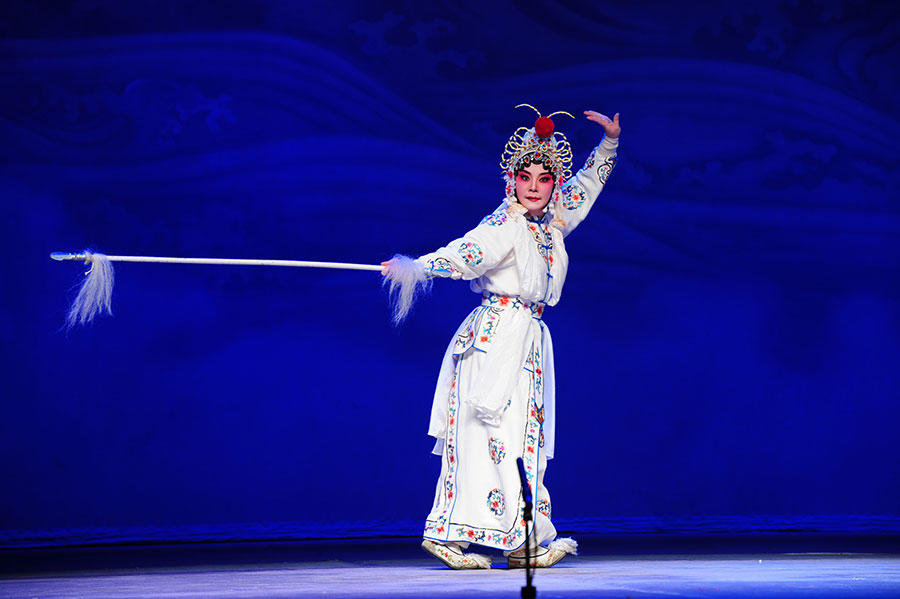


For Hailufeng, however, this kind of scene is commonplace: Across the region, similar performances may take place on any given night.Īpart from Western Qin, Hailufeng is an incubator for two other rare opera forms, as well as Taoist ceremonies, so-called fishers’ songs, and several schools of shadow puppetry, to name but a few of the events on the region’s lively folk culture calendar.įor Yu, it’s the locals’ enthusiasm for these events and their indomitable will to maintain their traditions in the face of a swiftly modernizing China that define Hailufeng. With the bright lights, rapt crowd, pungent incense, and lingering evening heat, the spectacle is impressive. After making peace with his fate, he is summarily executed by Erlang Shen, one of the greatest warriors in the Chinese pantheon.Ī general view of the stage at a local temple in Haifeng County, Guangdong province, Nov. It’s the final scene for Yu’s character, a hapless scholar-official who makes the grave mistake of falling in love with an immortal.


The troupe has been invited to perform in honor of the Lords of the Three Mountains - the Taoist deities enshrined at the temple that hosts their stage. Yu is the youngest member of Hailufeng’s Western Qin opera troupe, which claims to be the last remaining heir of an ancient art still performed in the same, 500-year-old dialect used by the intrepid soldiers who may have brought it south from the central Chinese plains. Wearing the gold and crimson robes of a Tang dynasty official, he kneels as he wails away in an archaic tongue about the kidnapping of his just-born child. On one of these stages, illuminated by lights hanging from a bamboo canopy and sweating in the late spring heat, is Yu Zefeng. And across the region, crowds pack temple courtyards and temporary bamboo platforms to watch as troubadours and actors jostle for the favor of the gods. It’s home to a vibrant folk culture: The region is peppered with temples and shrines to Taoist sages, portly Buddhas, and local folk heroes. Hailufeng isn’t just distinguished by its fractiousness, however. If you’ve heard of Hailufeng, chances are it was from a headline about a drug raid, a public execution, or a civil uprising. In the words of a local expression: “In the heavens, there is the Lord of Thunder on Earth, there are the people of Hailufeng.” Residents treat the comparison to the belligerent deity as a badge of honor.ĭespite being situated along the southeastern coast of Guangdong, the wealthiest province in China, average income in Shanwei - the administrative unit that most closely corresponds to Hailufeng’s traditional borders - is lower than in inland Guizhou, one of the country’s most impoverished provinces. Penned between the South China Sea and a range of three imposing mountains lies Hailufeng, a rough-and-tumble region of southern China with a long and proud tradition of rebellion and self-reliance.


 0 kommentar(er)
0 kommentar(er)
